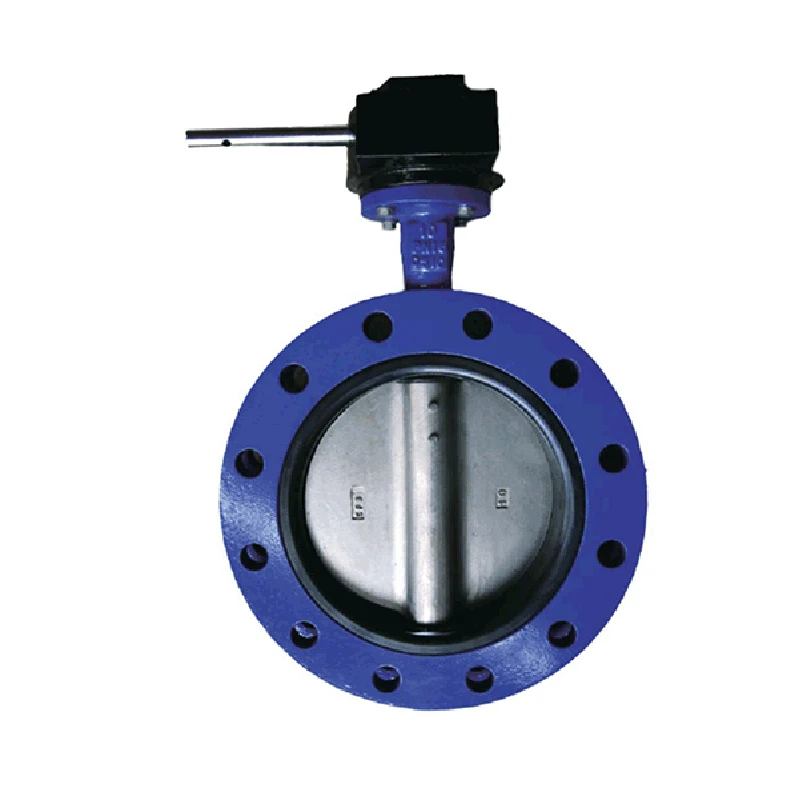Novemba . 27, 2024 03:16 Back to list
Understanding the Functionality of Dual Flap Check Valves in Fluid Systems
Understanding Dual Flap Check Valves Functionality and Applications
In various fluid systems, the efficiency and reliability of fluid flow management are paramount. One crucial component that contributes to these qualities is the check valve, particularly the dual flap check valve. This article delves into the fundamental aspects of dual flap check valves, their functionality, advantages, and applications.
What Is a Dual Flap Check Valve?
A dual flap check valve is a type of non-return valve designed to allow fluid to flow in one direction while preventing backflow. Unlike traditional single flap check valves, this design features two flaps (or plates) that open and close based on the flow direction and pressure.
The construction of a dual flap check valve usually comprises a body, two flaps, and a hinge mechanism. The body houses the flaps and connects the valve to the piping system. When the fluid flows in the desired direction, the pressure forces the flaps to open. Conversely, if there is a reverse flow, the flaps close due to gravity or the back pressure of the fluid, effectively sealing the system to prevent backflow.
Functionality and Benefits
The dual flap check valve offers several advantages that enhance its functionality
1. Enhanced Flow Rate With two flaps, the flow path is more streamlined compared to single flap designs. This configuration minimizes resistance and maximizes the flow rate, making it an excellent choice for high-flow applications.
2. Reduced Water Hammer Dual flap check valves help reduce the occurrence of water hammer—a pressure surge caused by sudden changes in fluid velocity. By allowing a more gradual response to changes in flow, these valves can mitigate the damaging effects of water hammer.
3. Improved Sealing Performance The dual flap design provides a more robust sealing mechanism than traditional check valves, resulting in better backflow prevention and system integrity.
dual flap check valve

4. Versatility Dual flap check valves can be used in various applications, including water supply systems, sewage systems, and industrial process systems. Their ability to handle different fluid types and pressure ranges makes them suitable for many industries.
Applications of Dual Flap Check Valves
Due to their numerous benefits, dual flap check valves find applications in various sectors
1. Wastewater Management In sewage applications, preventing backflow is critical to maintaining system integrity. Dual flap check valves are commonly used in wastewater treatment plants to stop backflow from sewage pipes into the treatment system.
2. Pumping Stations These valves are essential in pumping stations, where controlling the direction of flow is vital. They prevent backflow when pumps are shut down or malfunction, ensuring that the system operates safely and efficiently.
3. Fire Protection Systems In fire protection systems, dual flap check valves are employed to provide reliable backflow prevention, ensuring that water flows towards the fire-fighting apparatus without the risk of reverse flow, which could compromise safety.
4. Chemical Processing In chemical and petrochemical processes, dual flap check valves ensure that hazardous fluids do not flow back into containers or systems, thereby ensuring safety and compliance with regulatory standards.
Conclusion
In conclusion, the dual flap check valve stands as a critical component in fluid management systems across various industries. By facilitating efficient flow while effectively preventing backflow, it contributes to the safety and reliability of numerous applications. Whether used in wastewater management, pumping stations, fire protection systems, or chemical processing, the dual flap check valve provides numerous advantages, including enhanced flow rates, reduced water hammer, and improved sealing performance. Understanding and utilizing this component can lead to more efficient and safer fluid management practices in any complex system. As industries continue to evolve and seek innovative solutions, the importance of reliable components like the dual flap check valve will undoubtedly grow.
Share
-
Advanced Technology in Wire and Cable FactoryNewsAug.19,2025
-
Applications of Ball Check Valve in Water Treatment PlantsNewsAug.19,2025
-
How Osy Gate Valve Ensures Leak - Tight SealingNewsAug.19,2025
-
Selection Criteria for Wafer Type Butterfly ValveNewsAug.19,2025
-
Threaded Ball Valve Pressure RatingsNewsAug.19,2025
-
Y Strainer PN16 Cost - Effectiveness AnalysisNewsAug.19,2025


